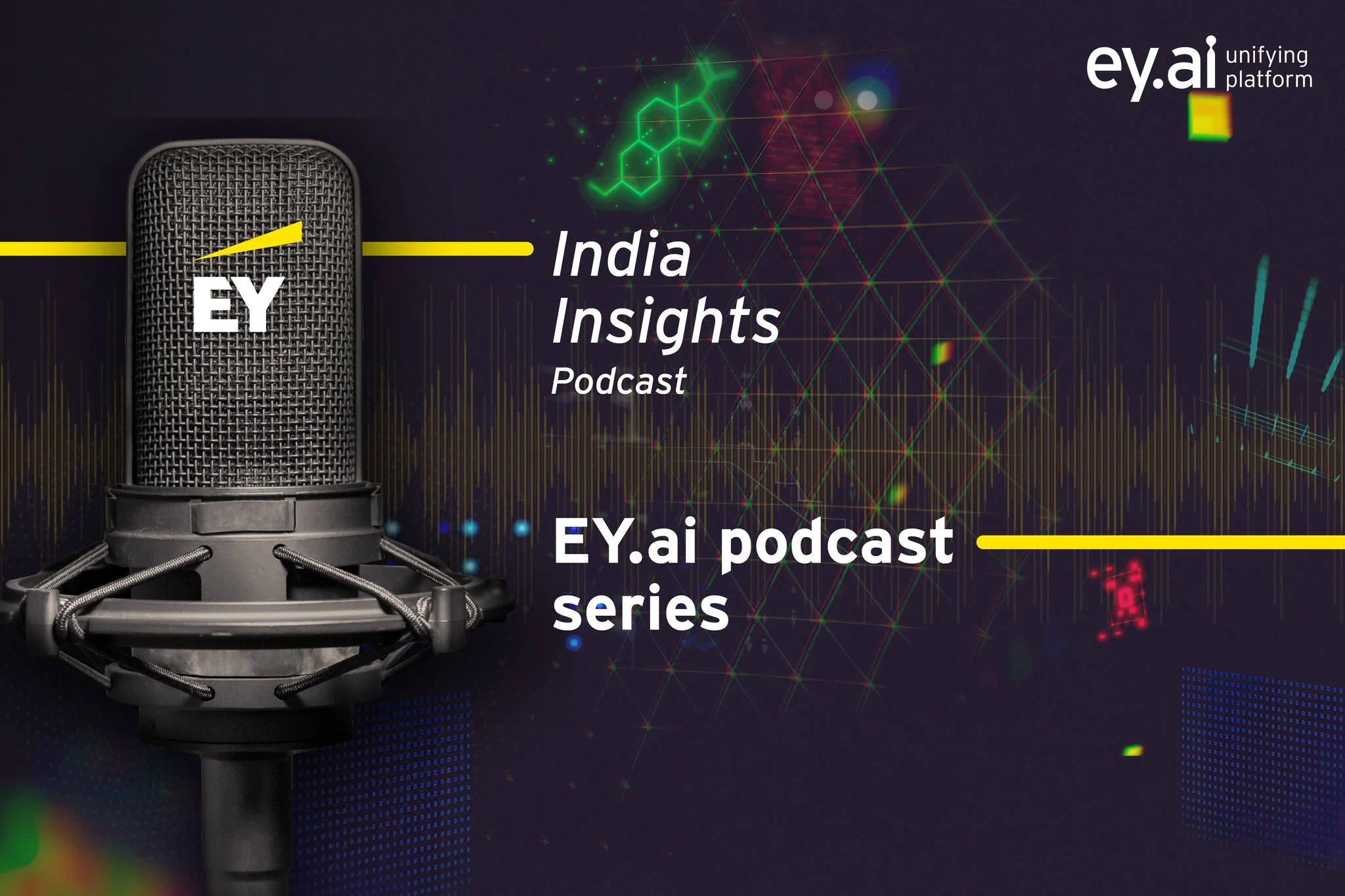The Future of Gen AI Powered Business Intelligence
As generative AI continues to evolve, its impact on business intelligence is becoming increasingly profound. This section explores the future trajectory of Gen AI and its potential to revolutionize enterprise strategies.
Re-thinking Technology Strategy – Hybrid Ecosystems with Gen AI Based Intelligence across the value chain
Enterprises will need to rethink their technology strategies to fully harness the potential of Gen AI. Hybrid ecosystems, where traditional IT infrastructure is augmented with Gen AI-based intelligence and orchestration layers, will become the norm. These systems will enable more dynamic and adaptive responses to changing business environments, integrating data and technology into a cohesive data fabric that supports innovation and resilience.
By leveraging LLMs, businesses can overcome previous data limitations, as these models can synthesize information from diverse and unstructured data sources, providing comprehensive and actionable insights. For instance, GPT-4 can process customer feedback from various platforms to improve product development, while Google’s Gemini can assist in complex financial modelling, offering more accurate and timely business forecasts. Modern agent orchestration frameworks such as LangChain and LangSmith, and the ease of accessing unstructured data from LLMs through data platforms like LlamaIndex are paving the way for creating data from business ideas – and enabling a connected intelligence network across the business value chain from the leadership to the workforce and the customer. For example, one of the leading Spanish multinational telecommunications companies is using Gen AI generated synthetic customer data for analytics.
A global bank is using synthetic data sandbox to speed up data intensive POCs with third party vendors. A European financial institution has used synthetic test data to develop a successful mobile banking app. These advancements highlight how Gen AI can drive intelligence across the value chain, transforming business operations and strategic planning.
















